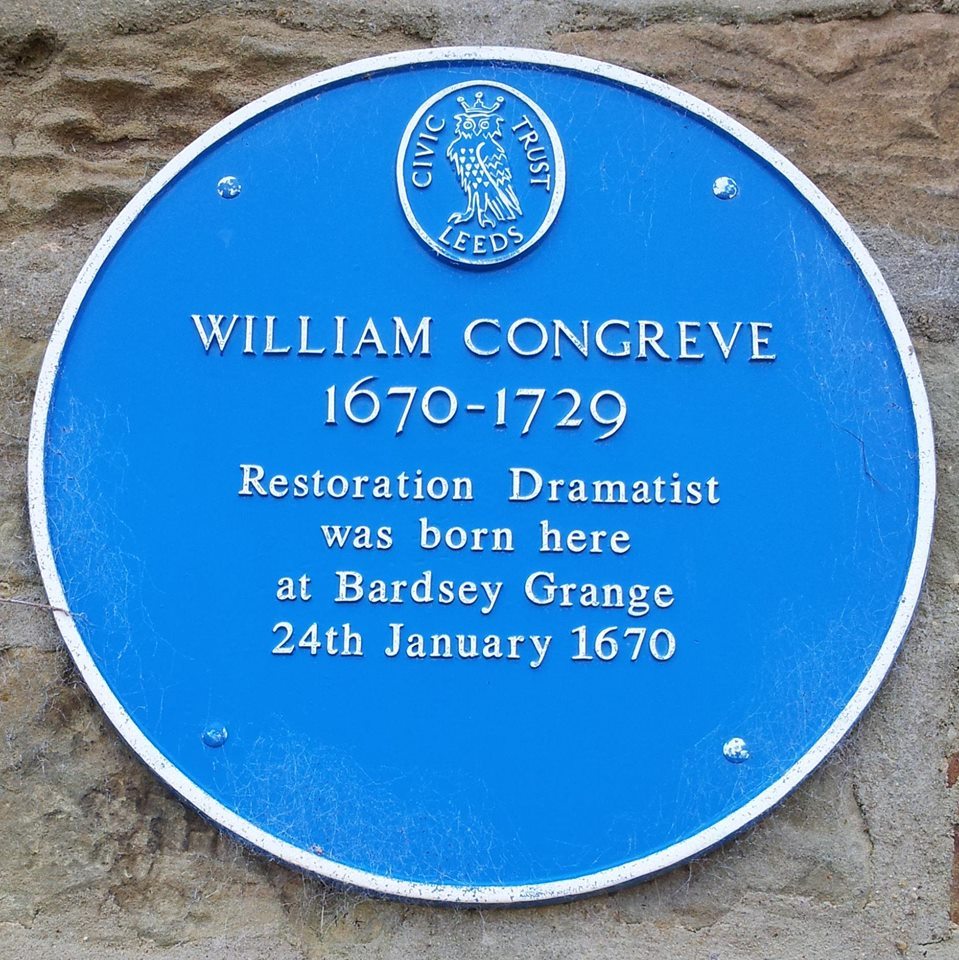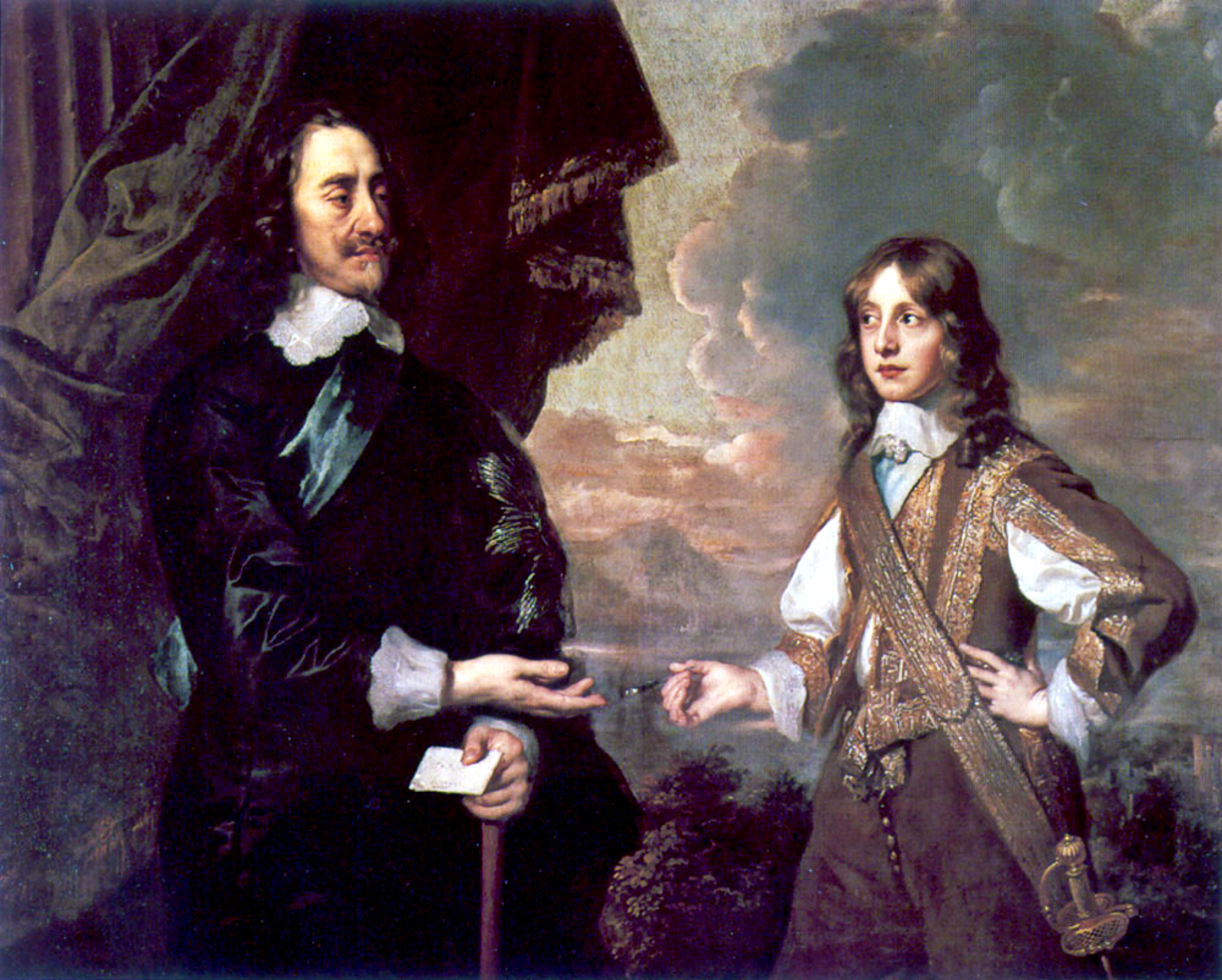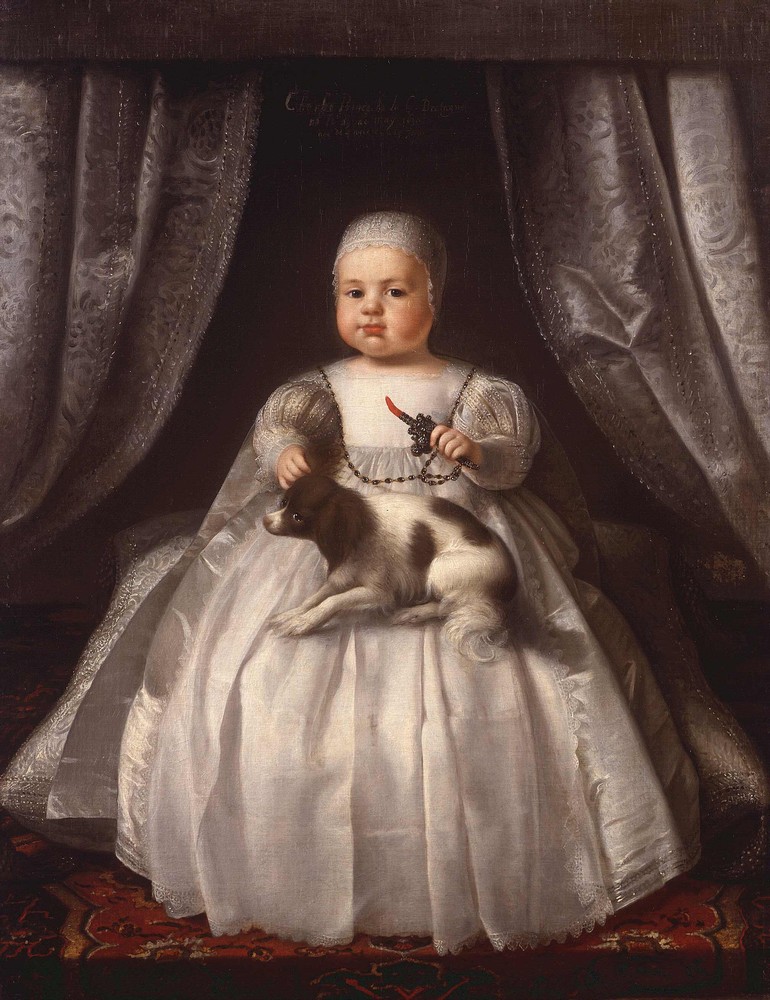|
George Monck Berkeley
George Monck Berkeley (8 February 1763 – 26 January 1793) was an English playwright and author, now remembered as a biographer of Jonathan Swift. He is usually called Monck Berkeley. Life Berkeley was born on 8 February 1763 at Bray, Berkshire. His mother was Eliza Berkeley née Frinsham, and his father was the Rev. George Berkeley, a son of George Berkeley the philosopher. A precocious youth, Monck Berkeley went to King's School, Canterbury, and then at age 12 to Eton College. From 16 he was tutored for two years by his father; then went to the University of St Andrews. At age 19, Berkeley was elected a corresponding member of the Edinburgh Society of Antiquaries. He was admitted as a student of the Inner Temple in 1783, and matriculated at Magdalen Hall, Oxford in 1786. In October 1787, Berkeley delivered his own prologue at the opening of the playhouse at Blenheim Palace. In 1789 he visited Ireland, and was made LL.B. of Trinity College, Dublin. While in Dublin, Berkele ... [...More Info...] [...Related Items...] OR: [Wikipedia] [Google] [Baidu] |
Bray, Berkshire
Bray, occasionally Bray on Thames, is a large suburban village and civil parish in the English county of Berkshire. It sits on the banks of the River Thames, to the southeast of Maidenhead of which it is a suburb. The village is mentioned in the comedic song " The Vicar of Bray". Bray contains two of the eight three- Michelin-starred restaurants in the United Kingdom and has several large business premises including Bray Studios at Water Oakley, where the first series of Hammer Horror films were produced. Geography The civil parish of Bray is far larger than the village itself and includes a number of other villages and hamlets over an area of . It had a population of 8,425 at the 2001 census, increasing to 9,110 at the 2011 census. Bray is a large parish, although its area has shrunk considerably since Maidenhead was detached. As well as the village, the parish contains a large number of villages and hamlets, often greens, which were originally scattered amongst the ... [...More Info...] [...Related Items...] OR: [Wikipedia] [Google] [Baidu] |
Musical Theatre
Musical theatre is a form of theatrical performance that combines songs, spoken dialogue, acting and dance. The story and emotional content of a musical – humor, pathos, love, anger – are communicated through words, music, movement and technical aspects of the entertainment as an integrated whole. Although musical theatre overlaps with other theatrical forms like opera and dance, it may be distinguished by the equal importance given to the music as compared with the dialogue, movement and other elements. Since the early 20th century, musical theatre stage works have generally been called, simply, musicals. Although music has been a part of dramatic presentations since ancient times, modern Western musical theatre emerged during the 19th century, with many structural elements established by the works of Gilbert and Sullivan in Britain and those of Harrigan and Hart in America. These were followed by the numerous Edwardian musical comedies and the musical theatre ... [...More Info...] [...Related Items...] OR: [Wikipedia] [Google] [Baidu] |
Della Cruscans
The Della Cruscans were a circle of European late-18th-century sentimental poets founded by Robert Merry (1755–98). History and influence Robert Merry travelled to Florence where he edited two volumes, ''The Arno Miscellany'' (1784) and ''The Florence Miscellany'' (1785), the latter of which could be said to have started the Della Cruscan phenomena. It was a collaboration between English and Italian poets and contained poems in English, Italian, and French. The name is taken from the Florentine Accademia della Crusca, an organization founded in 1583 to "purify" the Italian language. Bertie Greatheed's "The Dream" opens the collection with an indictment of the current deplorable state of poetry and calls for a return to a Miltonic style. The call to the past was made even more clear by the inclusion of translations of poems by Dante and Petrarch. Hester Thrale Piozzi's preface is more modest: "we wrote hese poemsto divert ourselves, and to say kind things of each other; we ... [...More Info...] [...Related Items...] OR: [Wikipedia] [Google] [Baidu] |
Esther Johnson
Esther Johnson (13 March 1681 – 28 January 1728) was the English friend of Jonathan Swift, known as "Stella". Whether or not she and Swift were secretly married, and if so why the marriage was never made public, is a subject of debate. Parentage and early life She was born in Richmond, Surrey, and spent her early years at Moor Park, Farnham, home of Sir William Temple, 1st Baronet. Here, when she was about eight, she met Swift, who was Temple's secretary: he took a friendly interest in her from the beginning and apparently supervised her education. Her parentage has been the subject of much speculation. The weight of evidence is that her mother acted as companion to Temple's sister, Lady Giffard, and that Stella, her mother and her sister Anne (who married a Mr Firlby) were regarded as part of the family. Stella's father is said to have been a merchant who died young: gossip that she was Temple's illegitimate daughter seems to rest on nothing more solid than the friendly ... [...More Info...] [...Related Items...] OR: [Wikipedia] [Google] [Baidu] |
St George Ashe
St. George Ashe, D.D. (3 March 1657 – 27 February 1718) was an Irish mathematician and university administrator who, in the late 17th and early 18th centuries, served as Church of Ireland Bishop of Cloyne, Clogher and Derry, in succession. From 1657 to 1718 he was the Donegall Lecturer in Mathematics at Trinity College Dublin. He is remembered now chiefly for his alleged role in performing a secret marriage between Jonathan Swift and Esther Johnson ''(Stella)''. Background and early life Ashe was born in County Roscommon in 1658, a younger son of Thomas Ashe and his wife Mary St George, daughter of Richard St George of Athlone. Dillon Ashe, Archdeacon of Clogher, was his brother. He was educated at Trinity College, where he earned his BA (1676), became a Fellow (1679), Professor of Mathematics (1685), Provost (1692) and Vice-Chancellor (1702). He afterwards acted as secretary and chaplain to the British Embassy at Vienna. Returning to Ireland in 1692, he was made Provost of ... [...More Info...] [...Related Items...] OR: [Wikipedia] [Google] [Baidu] |
Richard Steele
Sir Richard Steele (bap. 12 March 1672 – 1 September 1729) was an Anglo-Irish writer, playwright, and politician, remembered as co-founder, with his friend Joseph Addison, of the magazine ''The Spectator (1711), The Spectator''. Early life Steele was born in Dublin, Ireland, in March 1672 to Richard Steele, a wealthy attorney, and Elinor Symes (''née'' Sheyles); his sister Katherine was born the previous year. He was the grandson of Sir William Steele (Lord Chancellor of Ireland), William Steele, Lord Chancellor of Ireland and his first wife Elizabeth Godfrey. His father lived at Mountown House, Monkstown, County Dublin. His mother, of whose family background little is known, was described as a woman of "great beauty and noble spirit". His father died when he was four, and his mother a year later. Steele was largely raised by his uncle and aunt, Henry Gascoigne (secretary to James Butler, 1st Duke of Ormonde), and Lady Katherine Mildmay. A member of the Protestant gentry ... [...More Info...] [...Related Items...] OR: [Wikipedia] [Google] [Baidu] |
Joseph Addison
Joseph Addison (1 May 1672 – 17 June 1719) was an English essayist, poet, playwright and politician. He was the eldest son of The Reverend Lancelot Addison. His name is usually remembered alongside that of his long-standing friend Richard Steele, with whom he founded '' The Spectator'' magazine. His simple prose style marked the end of the mannerisms and conventional classical images of the 17th century. Life and work Background Addison was born in Milston, Wiltshire, but soon after his birth his father, Lancelot Addison, was appointed Dean of Lichfield and the family moved into the cathedral close. His father was a scholarly English clergyman. Joseph was educated at Charterhouse School, London, where he first met Richard Steele, and at The Queen's College, Oxford. He excelled in classics, being specially noted for his Latin verse, and became a fellow of Magdalen College. In 1693, he addressed a poem to John Dryden, and his first major work, a book of the lives of ... [...More Info...] [...Related Items...] OR: [Wikipedia] [Google] [Baidu] |
William Congreve
William Congreve (24 January 1670 – 19 January 1729) was an English playwright and poet of the Restoration period. He is known for his clever, satirical dialogue and influence on the comedy of manners style of that period. He was also a minor political figure in the British Whig Party. Early life William Congreve was born in Bardsey Grange, on an estate near Ledston, West Riding of Yorkshire. Although Samuel Johnson disputed this, it has since been confirmed by a baptism entry for "William, sonne of Mr. William Congreve, of Bardsey grange, baptised 10 February 1669" .e. 1670 by the modern reckoning of the new year His parents were Colonel William Congreve (1637–1708) and Mary Browning (1636?–1715), who moved to London in 1672, then to the Irish port of Youghal. Congreve was educated at Kilkenny College, where he met Jonathan Swift, and at Trinity College Dublin. He moved to London to study law at the Middle Temple, but preferred literature, drama, and the fashionab ... [...More Info...] [...Related Items...] OR: [Wikipedia] [Google] [Baidu] |
Thomas Prior
Thomas may refer to: People * List of people with given name Thomas * Thomas (name) * Thomas (surname) * Saint Thomas (other) * Thomas Aquinas (1225–1274) Italian Dominican friar, philosopher, and Doctor of the Church * Thomas the Apostle * Thomas (bishop of the East Angles) (fl. 640s–650s), medieval Bishop of the East Angles * Thomas (Archdeacon of Barnstaple) (fl. 1203), Archdeacon of Barnstaple * Thomas, Count of Perche (1195–1217), Count of Perche * Thomas (bishop of Finland) (1248), first known Bishop of Finland * Thomas, Earl of Mar (1330–1377), 14th-century Earl, Aberdeen, Scotland Geography Places in the United States * Thomas, Illinois * Thomas, Indiana * Thomas, Oklahoma * Thomas, Oregon * Thomas, South Dakota * Thomas, Virginia * Thomas, Washington * Thomas, West Virginia * Thomas County (other) * Thomas Township (other) Elsewhere * Thomas Glacier (Greenland) Arts, entertainment, and media * ''Thomas'' (Burton novel) ... [...More Info...] [...Related Items...] OR: [Wikipedia] [Google] [Baidu] |
Elizabeth Of Bohemia
Elizabeth Stuart (19 August 159613 February 1662) was Electress of the Palatinate and briefly Queen of Bohemia as the wife of Frederick V of the Palatinate. Since her husband's reign in Bohemia lasted for just one winter, she is called the Winter Queen. Elizabeth was the second child and eldest daughter of James VI and I, King of Scotland, England, and Ireland, and his wife, Anne of Denmark. With the demise of Anne, Queen of Great Britain, the last Stuart monarch in 1714, Elizabeth's grandson by her daughter Sophia of Hanover succeeded to the British throne as George I, initiating the House of Hanover. Early life Elizabeth was born at Dunfermline Palace, Fife, on 19 August 1596 at 2 o'clock in the morning. M. Barbieri, ''Descriptive and Historical Gazetteer of the Counties of Fife, Kinross, and Clackmannan'' (1857)p. 157 “ELIZABETH STUART.-Calderwood, after referring to a tumult in Edinburgh, says, that shortly before these events, the Queen (of James VI.) was delivere ... [...More Info...] [...Related Items...] OR: [Wikipedia] [Google] [Baidu] |
James II Of England
James VII and II (14 October 1633 16 September 1701) was King of England and King of Ireland as James II, and King of Scotland as James VII from the death of his elder brother, Charles II, on 6 February 1685. He was deposed in the Glorious Revolution of 1688. He was the last Catholic monarch of England, Scotland, and Ireland. His reign is now remembered primarily for conflicts over religious tolerance, but it also involved struggles over the principles of absolutism and the divine right of kings. His deposition ended a century of political and civil strife in England by confirming the primacy of the English Parliament over the Crown. James succeeded to the thrones of England, Ireland, and Scotland following the death of his brother with widespread support in all three countries, largely because the principles of eligibility based on divine right and birth were widely accepted. Tolerance of his personal Catholicism did not extend to tolerance of Catholicism in general, and ... [...More Info...] [...Related Items...] OR: [Wikipedia] [Google] [Baidu] |
Charles II Of England
Charles II (29 May 1630 – 6 February 1685) was King of Scotland from 1649 until 1651, and King of England, Scotland and Ireland from the 1660 Restoration of the monarchy until his death in 1685. Charles II was the eldest surviving child of Charles I of England, Scotland and Ireland and Henrietta Maria of France. After Charles I's execution at Whitehall on 30 January 1649, at the climax of the English Civil War, the Parliament of Scotland proclaimed Charles II king on 5 February 1649. But England entered the period known as the English Interregnum or the English Commonwealth, and the country was a de facto republic led by Oliver Cromwell. Cromwell defeated Charles II at the Battle of Worcester on 3 September 1651, and Charles fled to mainland Europe. Cromwell became virtual dictator of England, Scotland and Ireland. Charles spent the next nine years in exile in France, the Dutch Republic and the Spanish Netherlands. The political crisis that followed Cromwell's deat ... [...More Info...] [...Related Items...] OR: [Wikipedia] [Google] [Baidu] |




_-_Sir_Richard_Steele_-_NPG_3227_-_National_Portrait_Gallery.jpg)
.jpg)



